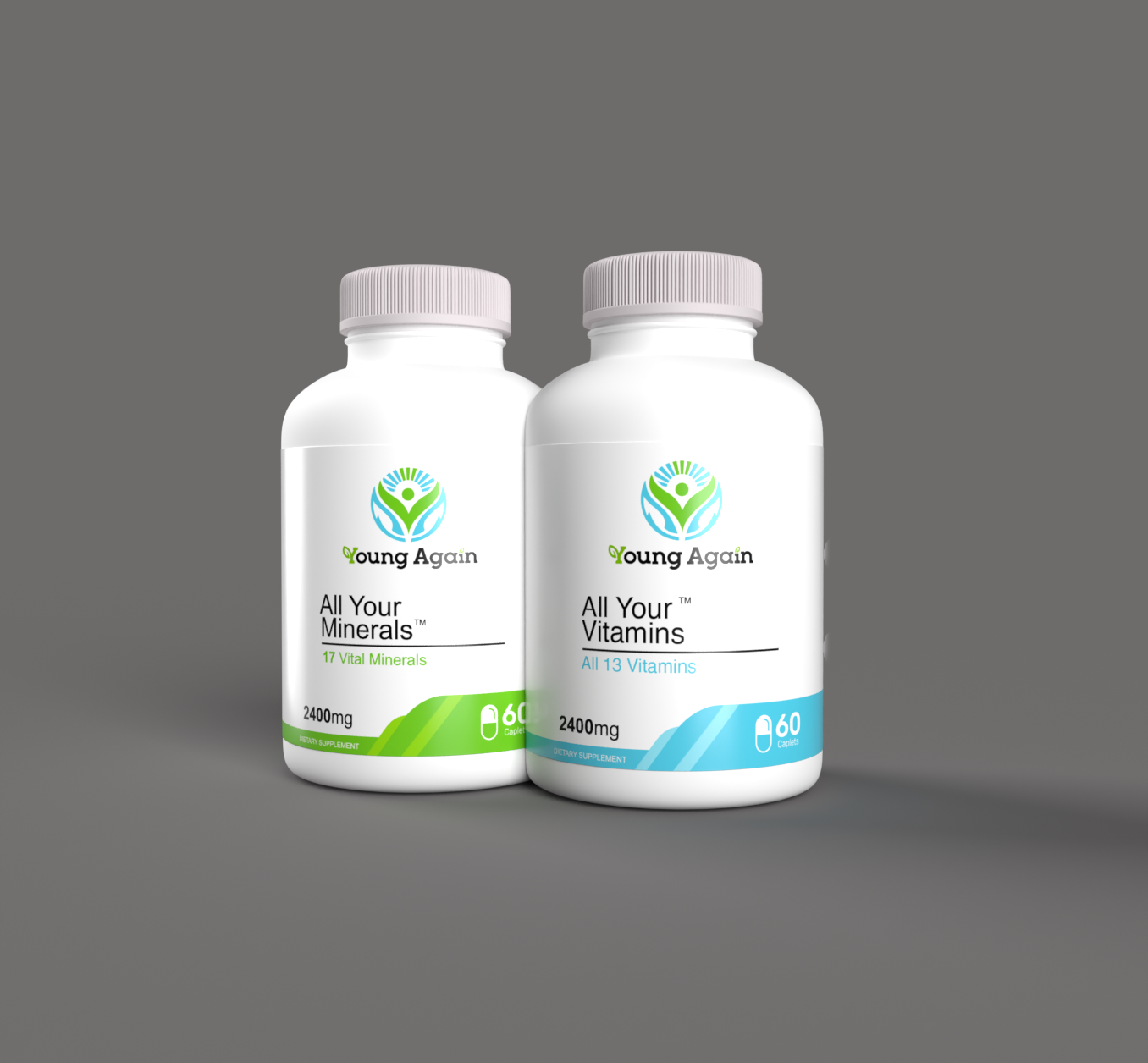
Is Your Liver Slowing You Down? How Aging Affects Detox Pathways
Share
Low energy, brain fog, or trouble tolerating medications? With age, the liver’s two-step detox system—Phase I (activation) and Phase II (conjugation)—can become imbalanced, leaving you feeling sluggish.
“Healthy detox is less about ‘cleanses’ and more about supplying the liver with the raw materials it needs—every day.”
Detox 101: Phase I & Phase II
- Phase I: Enzymes (CYP450) convert substances into intermediates—sometimes more reactive.
- Phase II: Conjugation (glutathione, glucuronidation, sulfation, methylation) makes them water-soluble for excretion.
Imbalance (fast Phase I, slow Phase II) can increase oxidative stress. Aging, alcohol, medications, and nutrient gaps often play a role.
Signs Your Liver Needs Support
- Persistent fatigue, brain fog, headaches
- Digestive sluggishness, bloating, pale or floating stools
- Skin issues or chemical sensitivity
- Difficulty tolerating caffeine or medications
Daily Practices for a Happier Liver
- Protein & fiber: Support bile flow, microbiome balance, and Phase II conjugation.
- Crucifers & alliums: Broccoli sprouts, cabbage, garlic, onions—rich in sulfur and sulforaphane precursors.
- Hydrate: Aim for pale-yellow urine by midday.
- Limit alcohol & ultra-processed foods: Reduce liver workload.
- Move daily: Exercise improves insulin sensitivity and liver fat metabolism.
Young Again Nutrients for Detox Pathways
- Young Again Alpha Lipoic Acid: Antioxidant that regenerates glutathione and supports mitochondrial detox resilience.
- Young Again Magnesium Glycinate: Cofactor for methylation and conjugation enzymes.
If you take prescription medications or have diagnosed liver disease, consult your clinician before adding supplements.
The Takeaway
Your liver is a tireless multitasker. Feed it well, move your body, and consider targeted nutrients that keep Phase I and II in balance—so you can think clearly, digest comfortably, and feel energized.
References
- Lu, S. C. (2013). Glutathione synthesis. Biochim Biophys Acta, 1830(5), 3143–3153.
- Schmidt, L. E. (2005). Pharmacology of N-acetylcysteine. Clin Toxicol, 43(7), 575–588.
- Wahlström, A., et al. (2016). Liver–gut axis in health and disease. J Hepatol, 65(6), 1096–1104.

